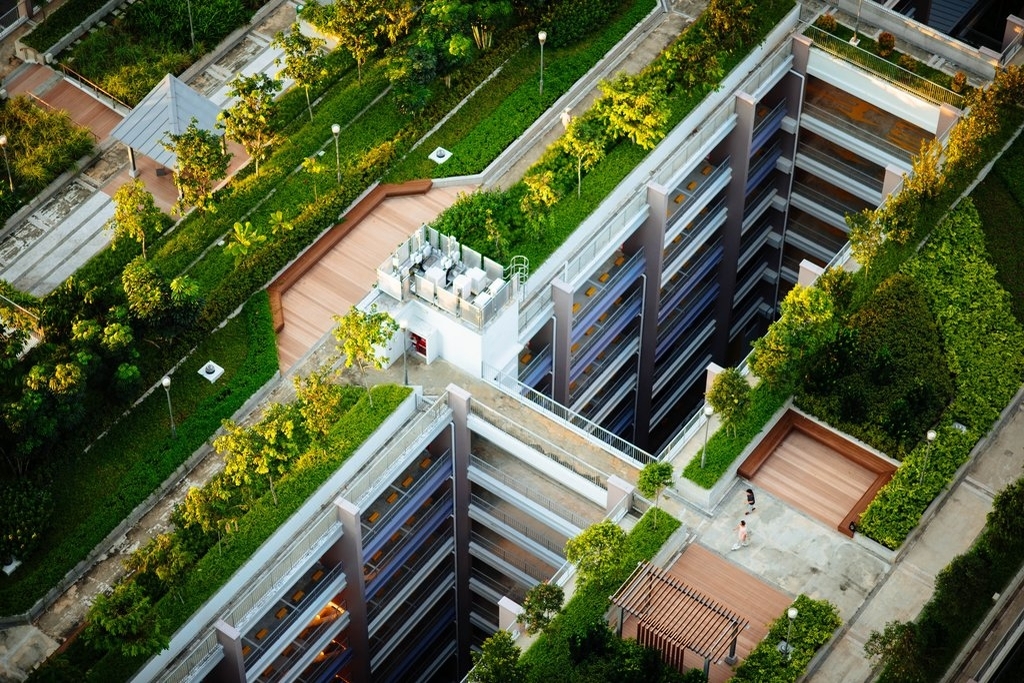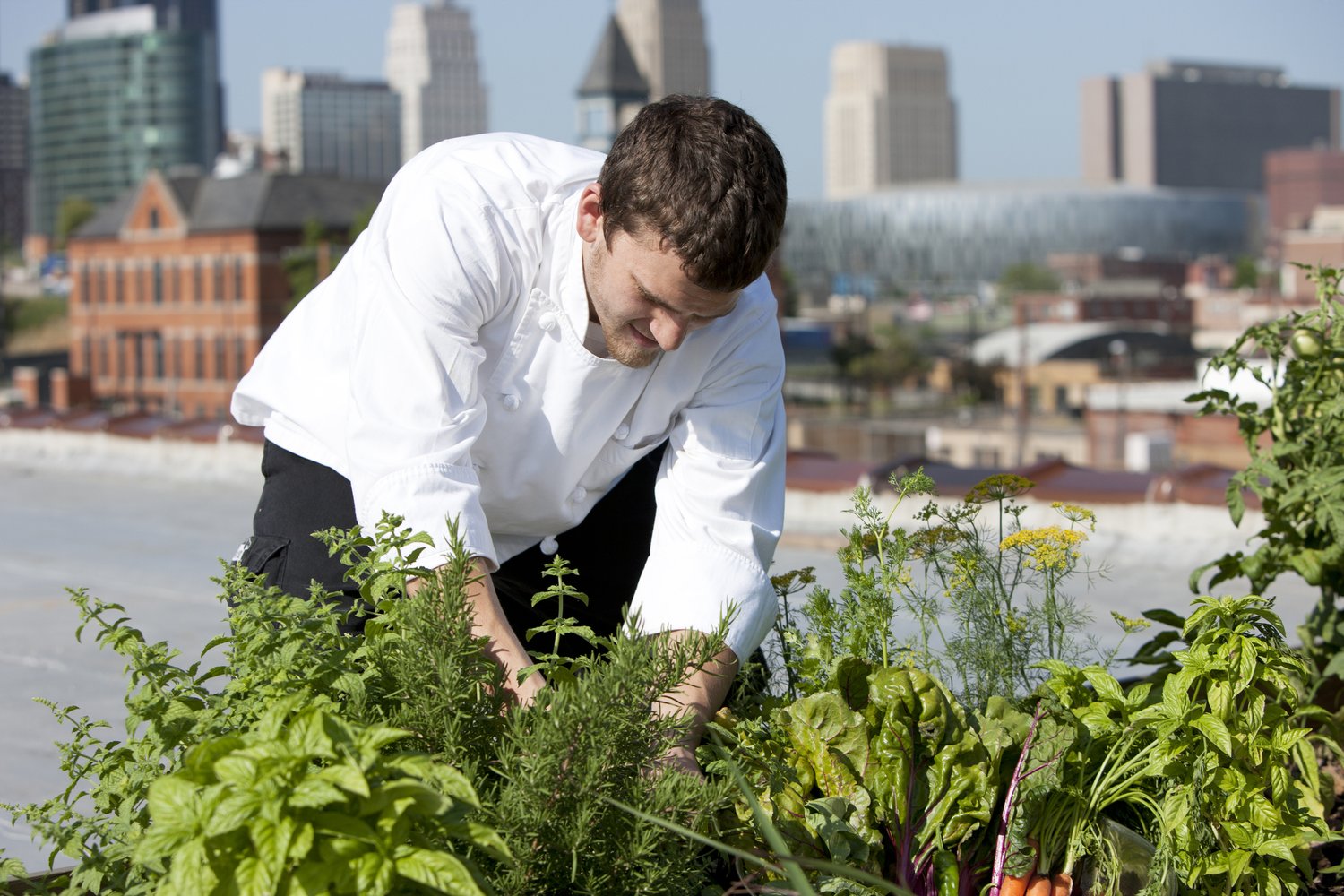City Blooming for Dummies
City Blooming for Dummies
Blog Article
Not known Details About City Blooming
Table of ContentsSome Ideas on City Blooming You Need To Know5 Simple Techniques For City BloomingThe Only Guide to City BloomingSome Known Details About City Blooming Top Guidelines Of City Blooming
Interested in growing food for sale in the City of Chicago? Below is a listing of frequently asked questions pertaining to the guidelines and regulations that growers must think about when planning a city agriculture task.
The zoning modification does not customize any kind of other codes taking care of composting, building licenses, acquiring or leasing City possessed home, business licenses or environmental contamination. There are existing codes that control these concerns and they continue to be in complete effect and might be suitable to your project. Area gardens are typically had or taken care of by public entities, civic organizations or community-based companies and kept by volunteers.
Urban ranches expand food that is intended to be offered, either on a not-for-profit or for-profit basis. As a result of their commercial purpose, metropolitan ranches need a business permit. Yes. An area garden is allowed to sell excess create that was expanded on site if the sales are accessory or secondary to the yard's key objective described above.
Everything about City Blooming
The quantity of compost material can not go beyond 25 cubic backyards at any given time according to the standards in 7-28-715 of the City's Municipal Code. Since the dirt at the majority of brand-new yard websites requires amending, compost, soil, wood chips, or various other products can be acquired to create or improve the growing area.

If a building permit is called for after that the hoophouse will certainly be thought about an accessory building. You can learn even more regarding the building permit requirements by speaking to the Department of Structures. The 25,000-square-foot size restriction is meant to stop a solitary area garden from dominating a provided block or diminishing the block's existing domestic or business character.
The limit does not apply to yards found in Public Open Room (POS) districts. Can there be even more than one neighborhood garden that is 25,000 square feet on a single block? Secure fencing is not needed, however, gardens that have huge car park locations may be called for to mount fence or various other landscape design features.
The Main Principles Of City Blooming
B1 & B2 areas need that all industrial use tasks be conducted indoors. Is fence needed for urban farms? Fences may be needed, along with landscaping and testing, for particular parking locations and outside work or storage space locations depending on place and the certain task taking area.
Yes. Urban ranches call for structure permits and zoning approvals before building. Various other forms of city evaluation might be required depending upon certain structures, tasks, dimension, landscaping, licensing, public heath and stormwater monitoring issues. A number of these demands are identified in the job layout or allowing process, however, the applicant might be accountable to separately determine details licenses or permits that might be required.
Yes. The kind of license is identified by what is taking place at the website. The Department of Service Affairs and Customer Defense can aid figure out the specific kind of organization license that's required. Yes. Off road parking is needed for the majority of industrial jobs in Chicago. The required number of garage is based on the number of employees working on website and not the square footage of the growing area.
Rumored Buzz on City Blooming

Yes. A metropolitan ranch can sell garden compost material generated on site, nevertheless, the operation should abide with the policies in 7-28-715 of the Chicago Municipal Code. Yes. Aquaponic systems are permitted indoors on urban ranches in many zoning districts. Nevertheless, a zoning review and structure authorization is called for in order to install structures or systems and a business certificate is needed as explained over.
As much as five hives or colonies of honey bees may be kept as an accessory use. However, beekeepers must sign up with the Illinois company website Division of Agriculture. For more details regarding the recommended zoning change you may get in touch with the Department of Real Estate and Economic Development, Bureau of Planning and Zoning at 312.744.8563.
Farming in cities and metropolitan areas A city ranch in Chicago. Urban agriculture describes numerous methods of growing. https://www.brownbook.net/business/52834376/city-blooming/, handling, and dispersing food in urban areas. The term additionally uses to the area activities of animal husbandry, aquaculture, beekeeping, and gardening in a metropolitan context. Urban agriculture is identified from peri-urban farming, which occurs in country locations at the side of suburbs.
What Does City Blooming Mean?
, that seek to create social networks founded on a shared principles of nature and community holism. These networks can develop by method of official institutional support, becoming incorporated right into local town planning as a "change community" activity for sustainable urban advancement.
Some of the initial evidence of metropolitan farming comes from Mesopotamia.
Report this page